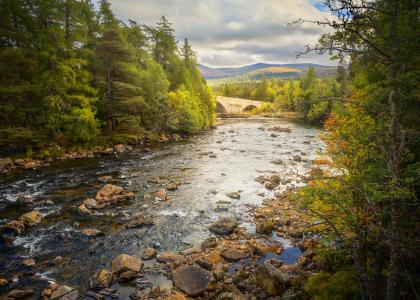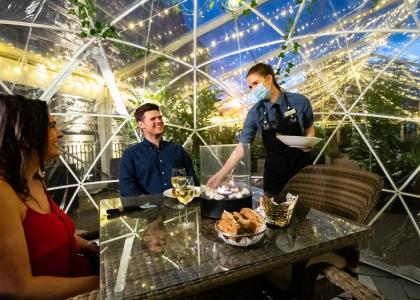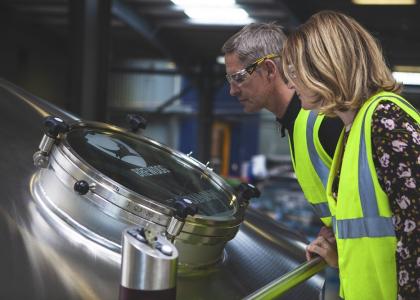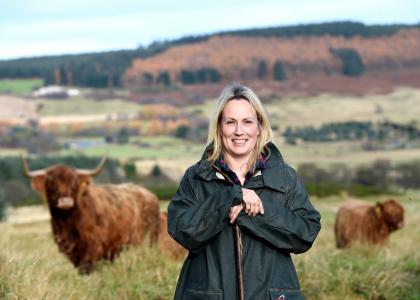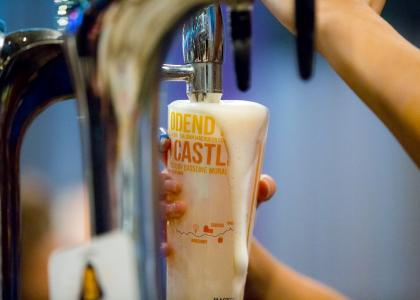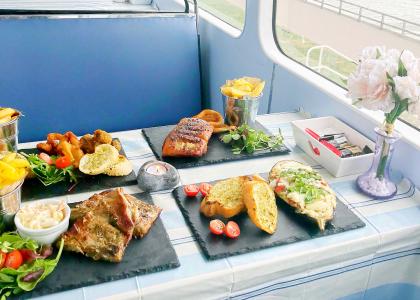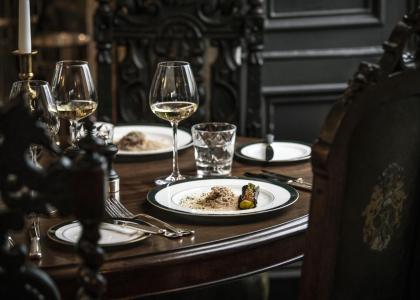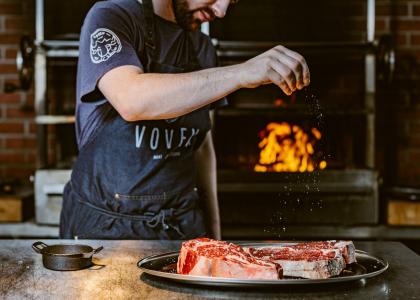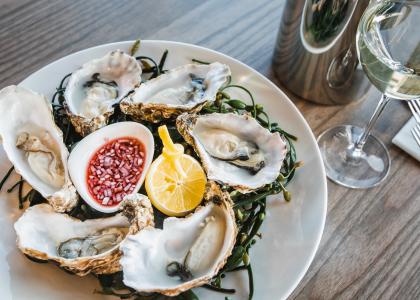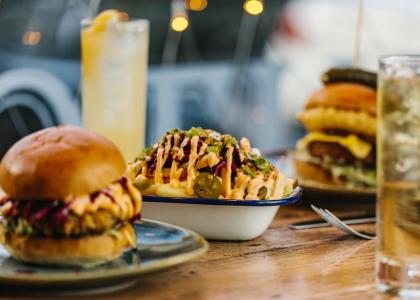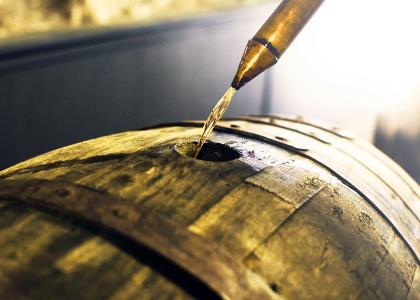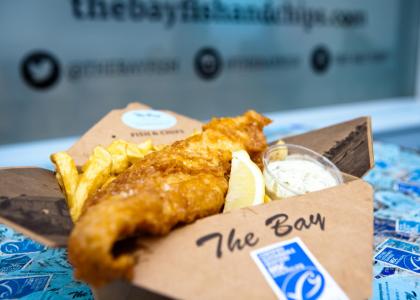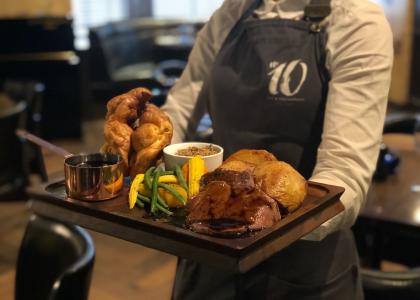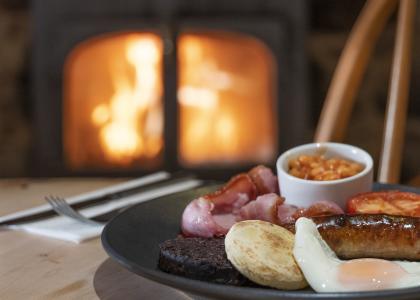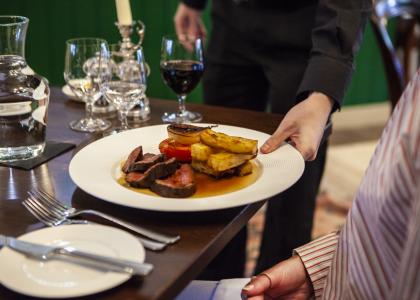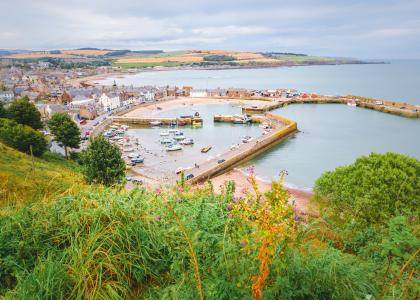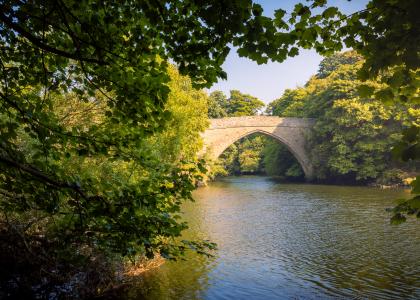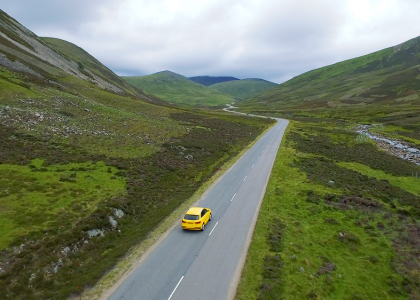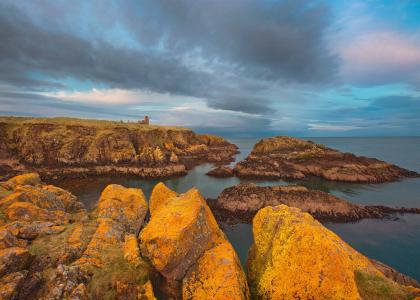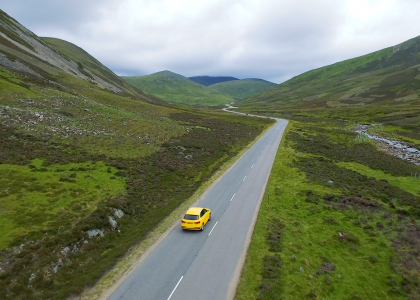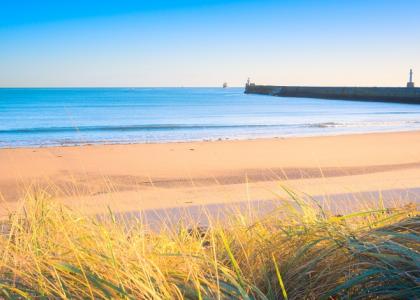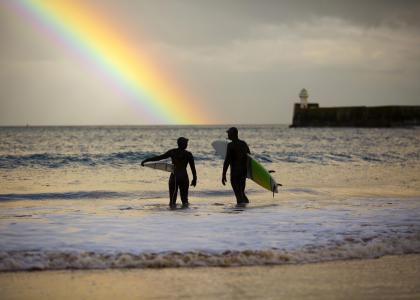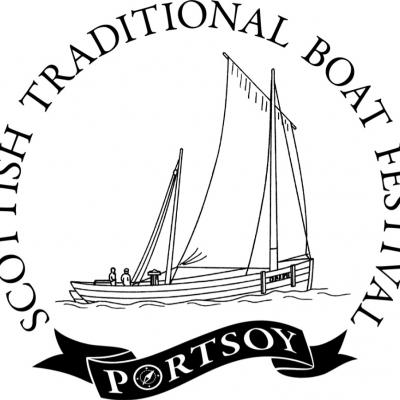
Ahoy, Portsoy!
22 June 2021
Alex Slater – Festival Friend
The connection between coast and community is inseparable; generations of coast dwellers have made their living from the sea. Eighty-two year-old retired fisherman, Alex Slater (82), explains why Portsoy, the sea, and The Scottish Traditional Boat Festival, have been such a large part of his life.
When did you become a fisherman?
My fishing connections go way back. My father was a fisherman all his life. He had three sons and he warned us never to go fishing because it was a hard life. I was the only one that reneged.
I had to spend a year after leaving school as a butcher’s message boy before I was old enough to start a trade. I served my apprenticeship as a ship carpenter at Jones’ Shipyard in Buckie building fishing boats up to 70ft. There was a slump in the boat building industry, and I was 24 or 25 when I went to sea, seine net fishing for white fish. My very first boat was The Comet, owned by the Phimisters in Findochty. I was 25 years a fisherman. I enjoyed every minute of it, but it really was a hard life.
Image credit: Scottish Traditional Boat Festival on Instagram
Were there any hair-raising moments?
I advanced to become a shareholder on the Morning Star. We were coming out of Lerwick after sheltering from bad weather. There were three of us in the wheelhouse and the young apprentice spotted this flash of yellow in the water which turned out to be a life raft with four men aboard, their trawler which had sunk in bad weather. It was pretty dramatic. We rescued them, fed them, gave them clothes to wear, took the life raft aboard and headed to Fraserburgh to land them and their life raft.
They were Faroese, the crew of quite a big trawler. They were very grateful, and we received recognition. We were invited to a 'do' in Macduff Town Hall where we were presented with a medal and a tankard with congratulations from the Faroese government for rescuing their citizens.
Did you ever fear for your safety?
I was a shareholder on another boat, The Athena. The cook had packed in, so we were all taking it in turns to cook. On my day to be cook I was coming out the galley with a big broth pot. We were steaming - going to a different place to start fishing - and I was emptying out the remains of the pan. The boat rolled and I landed on the rail on my belly, and I was just teetering. It was the most fearsome moment of my life because I thought I was going over the side. It was one fearful moment, but I jacked myself up again, and managed to keep hold of the pan!
How long have you been involved in The Scottish Traditional Boat Festival?
I got involved from the very beginning, it started to mark the tercentenary of the old harbour in 1993. Being a seafaring man, I thought it was a good idea. It was suggested to us that we could make a mast which we duly did. Someone asked the organiser what we were going to do with it, and he said we were going to be build a boat round the mast – which I did. It was the Obair na Ghaol, Gaelic for labour of love. It took about 18 months to two years to make. She was a Scaffie, a traditional working boat for Moray Firth fishermen and a forerunner to the Fifies used in this area in the 18th century.
I was interested in boats, and over the years my role was advisory. I oversaw the quines (ladies) building the Soy Quine, a St Ayles skiff for inshore rowing, and tried to impart tidal information which would be useful to them.
I took people out in the Obair na Ghaol. It wasn’t fitted with an engine to start with it had a dipping lug sail and a jib which was quite effective.
Image credit: Scottish Traditional Boat Festival on Instagram
Any other boating highlights?
We took the Obair na Ghaol to the Queen’s Diamond Jubilee flotilla on The Thames. We got the boat on to a lorry, and we went down by train and we met it at Brentford. It was craned off into the harbour and we sailed down the Thames which was an experience in itself. I did not realise there would be waves in the Thames, but it was quite rough.
We saw the Queen’s barge sail pass us it on its way down river, it was obviously faster than us, and the skipper shouted over that it was awful nice to see a traditional wooden boat which we were very proud of.
Another time, we went to the skiff world championships in Ullapool. There were about 40 skiffs and I coxed in some of the races there. That was an experience and a half.
Favourite part of festival weekend?
The boat racing. With my sea experience the lassies persuaded me to cox the boat while they rowed and that was an experience – their rowing, my coxing and the joviality!
Image credit: Scottish Traditional Boat Festival on Instagram
Did you expect the festival to grow in size and stature?
Not to begin with but it got more and more professional. It has been very good for the local community and draws in a lot of people, between 12,000 and 16,000 people attending every year.
Why does the festival continue to appeal?
For a start it was boats built in their local regions which were a joy to see for boat lovers.
The heritage of the place, and the situation about the harbour makes it special. There are stories of smugglers and much more.
In every coastal village the prime source of survival was fishing, and the sea was a source of income and food. This remains important to us.
The Scottish Traditional Boat Festival returns from 17 - 19 June 2022. To find out more or to get tickets, visit stbfportsoy.org.


